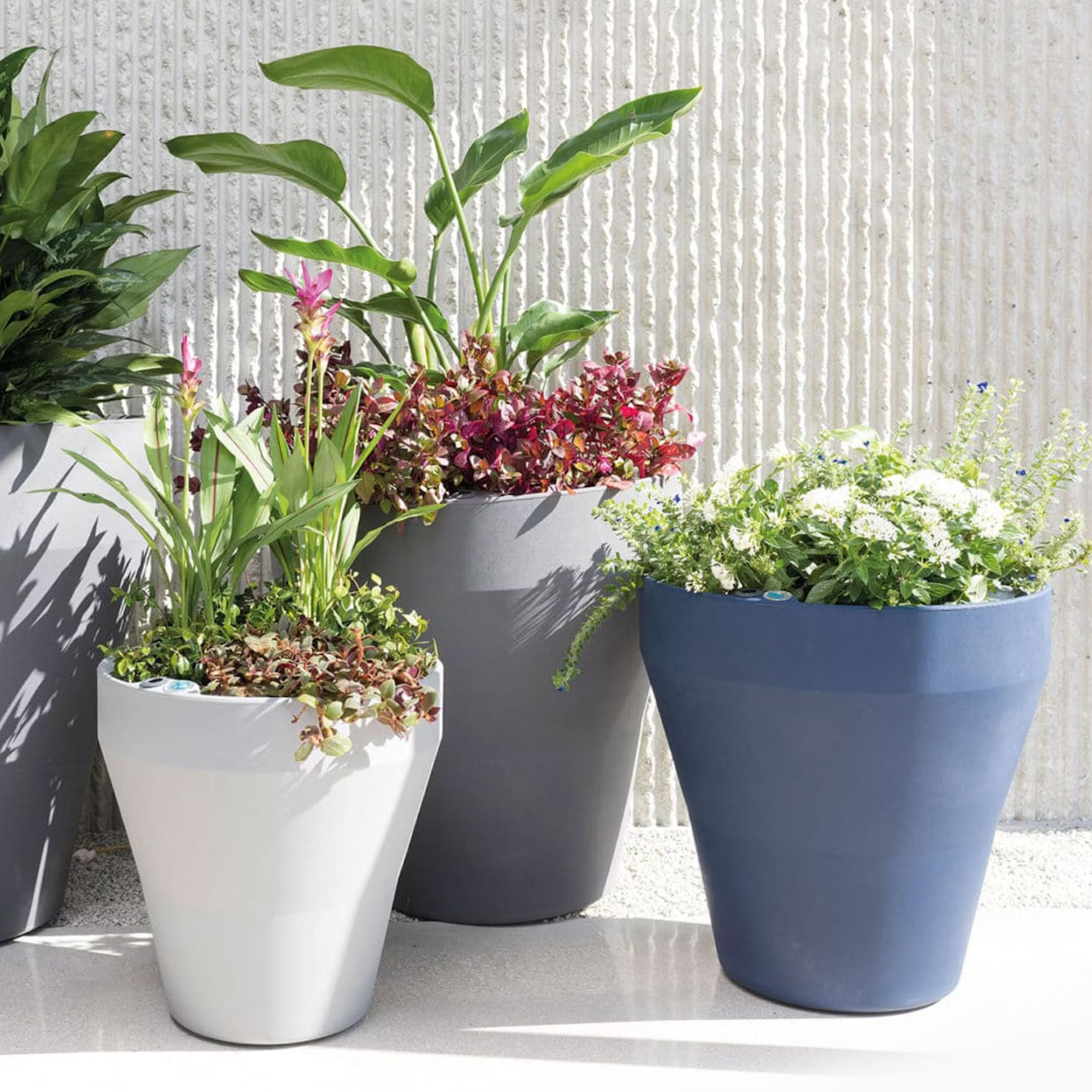Worst Time To Water Plants: Don’t Make These Common Timing Mistakes When Watering!
Good watering isn’t just about knowing how, but when. We figure it’s just as important to know the worst time to water plants – so here are the big moments to avoid!
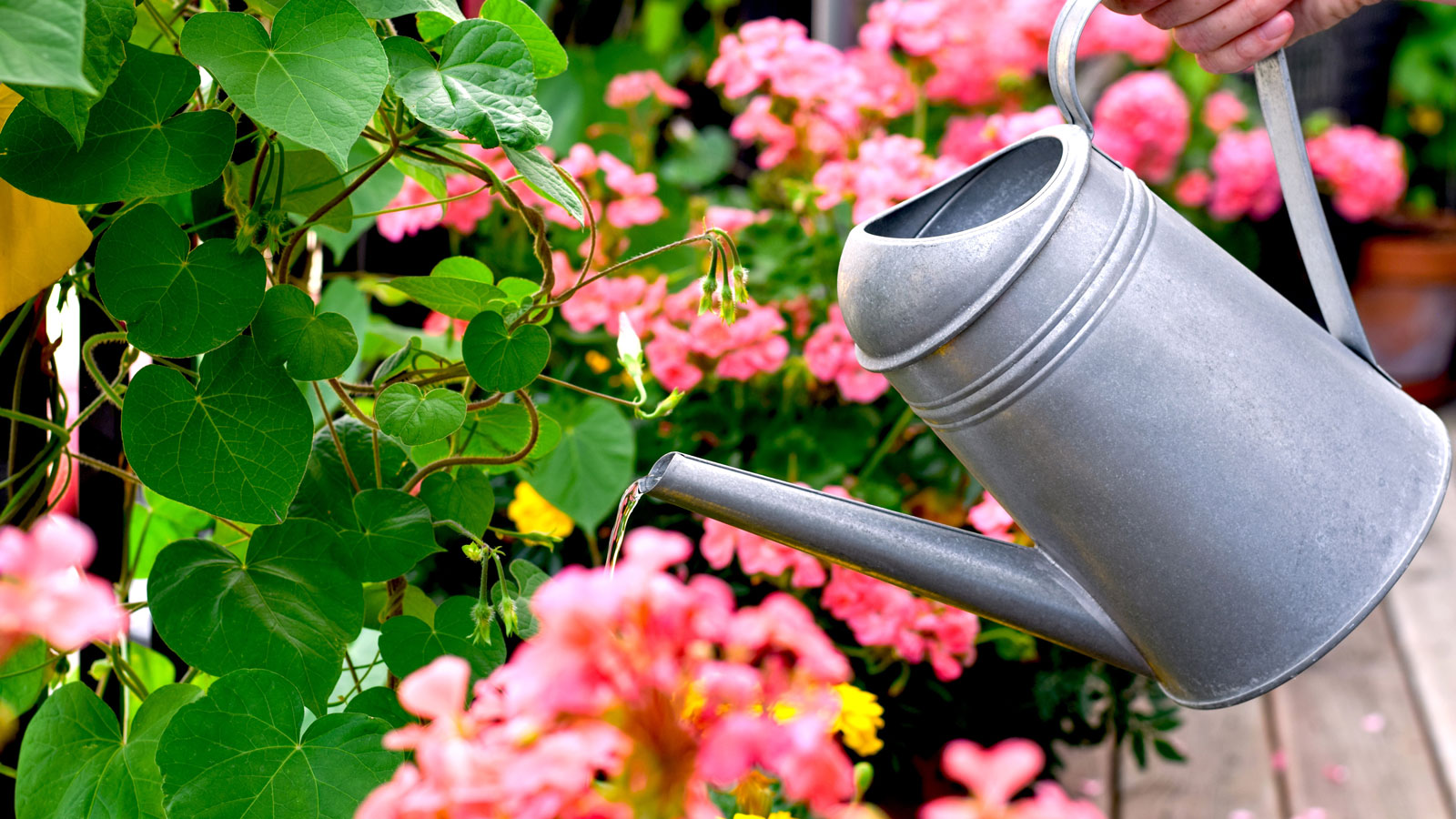

Janey Goulding
As gardeners, one of the biggest dangers we face with watering is the risk of killing our plants with kindness. Often, this is down to incorrect watering – and one of the main culprits is watering when we don’t need to – or absolutely shouldn’t. Knowing the worst time to water plants may seem counterintuitive – but it’s very reassuring to have a sense of those moments when it is best to do absolutely nothing at all!
We might reach for the watering can or hose when we ourselves are feeling like a cool drink, but those aren’t always the best times to water a veg garden, ornamental border, container display, or lawn. There is some debate among gardeners regarding when not to water plants, but there are certainly critical moments when you need to be mindful of increasing a plant’s chances of being exposed to infections, pests and a host of root and leaf problems. Here are some of the key times to keep in mind in order to keep your plants healthy and vigorous…
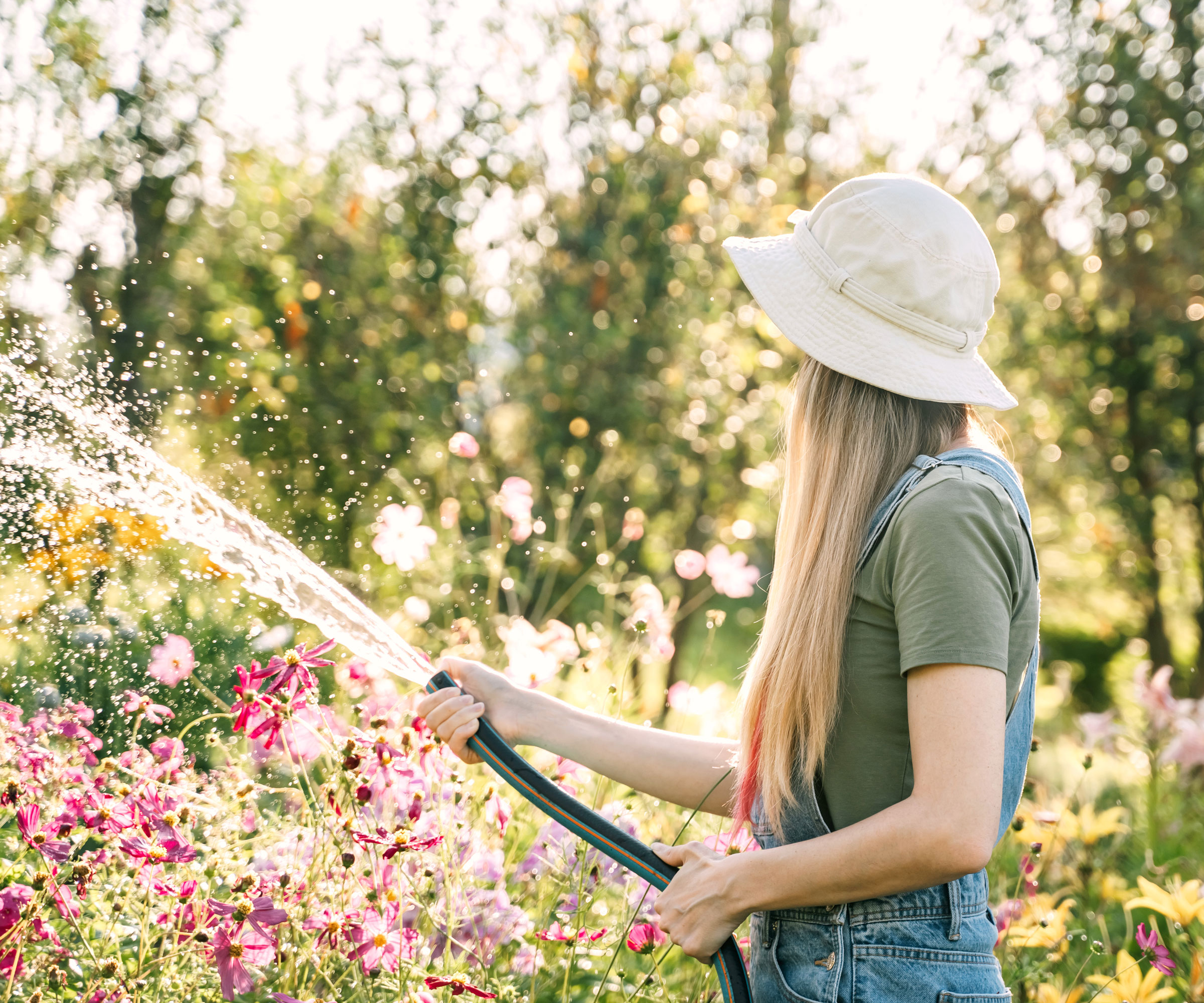
When is the Worst Time to Water Plants?
Mother Nature doesn’t always provide sufficient rainfall, particularly during the growing season. Having a sensible supplemental irrigation method is key, and you can find plenty of good ideas like retractable hoses and watering cans at the Gardening Know How shop. But when is watering the worst thing you can do?
Gardening needs for plants differ wildly, from expansive lawns to indoor containers. Care and caution are required, but some things hold true – and timing, as with so many other things, is key. So before giving your garden a drink, make sure you’re not watering at the worst times.
1. Mid-Day / Noon
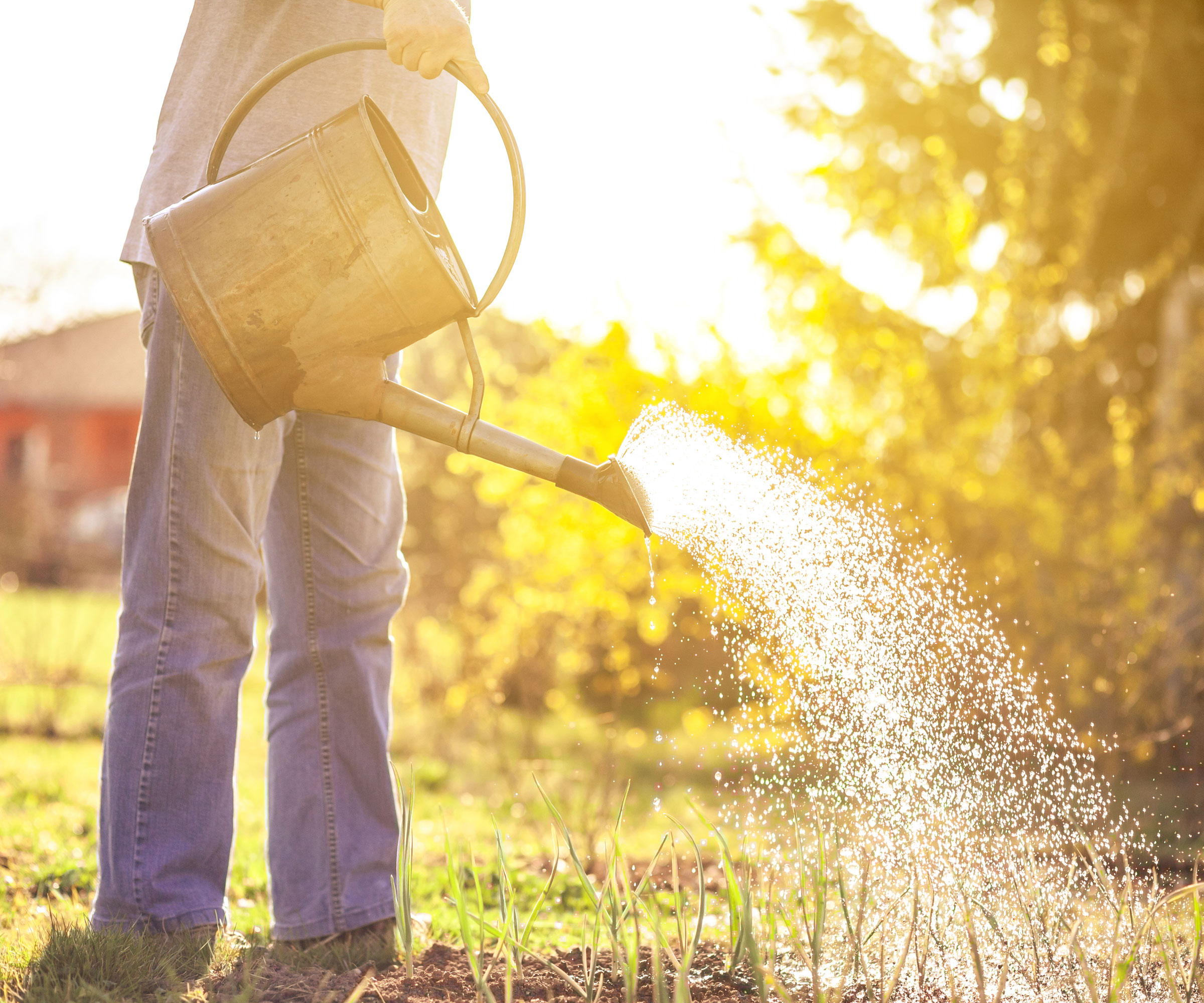
Mid-day is the time of day when the sun reaches its zenith. By noon, the sun is at its highest point in the sky and temperatures are ramping. In the hours just after noon, heat levels on the ground will start to amplify, and this is of particular concern over the summer months. If you were wondering about the worst time to water plants in summer, this is certainly one of the least effective and potentially most damaging.
Watering around noon and mid-day is one of the big garden watering mistakes we tend to make, especially when the sun is beating down on us. We are tempted to think plants want what we want – a cool, refreshing drink! But if you water plants at midday, especially during the summer months, the water will rapidly dissipate. The heat will cause soil moisture to evaporate more quickly than the roots can uptake the water, leaving you with parched plants.
2. Late Evening
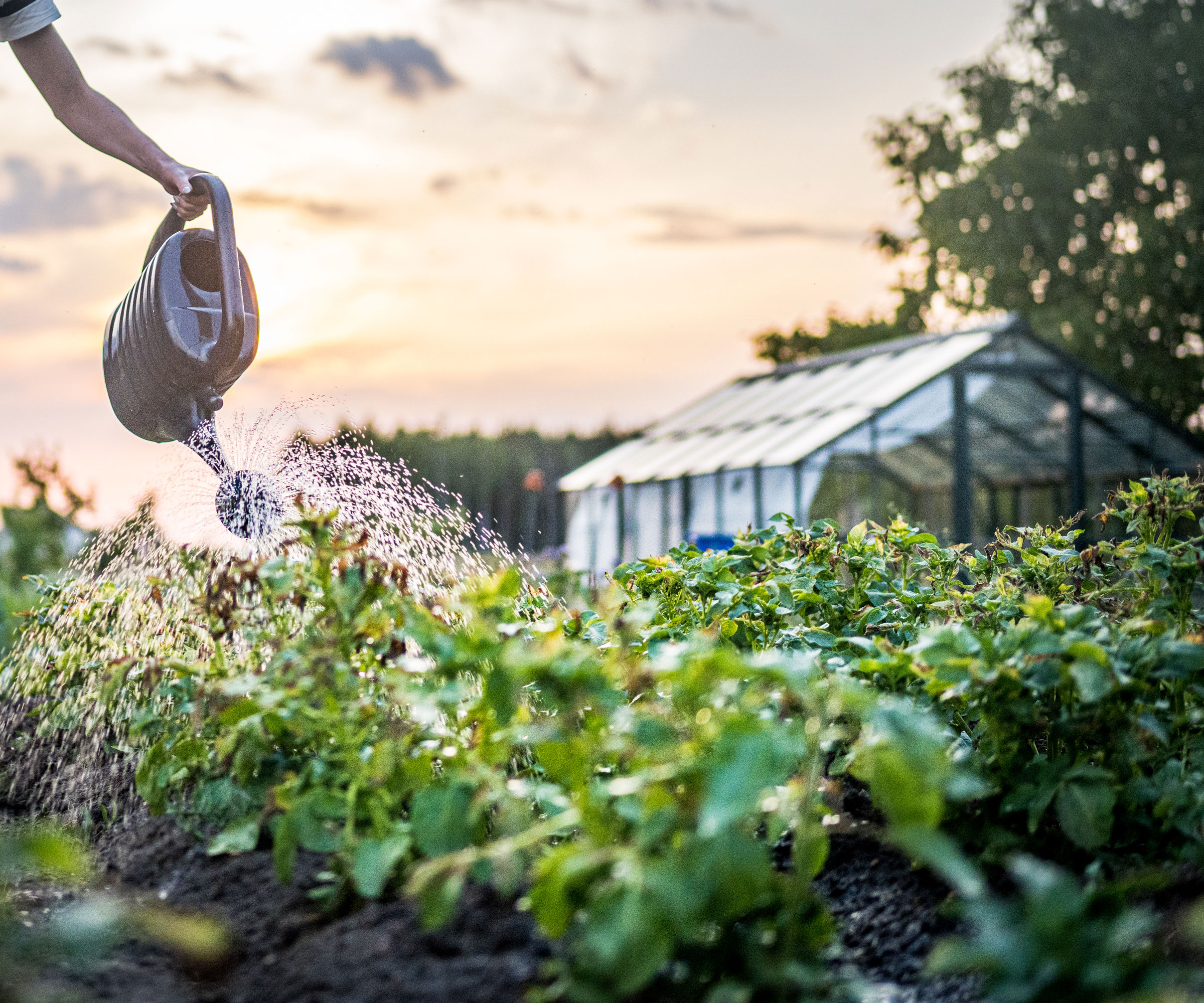
Late evening is a bone of contention amongst gardeners when arguing the worst time of day to water plants. Some say it’s fine to water in the evening, while others say no. Those who recommend watering in the evening believe it’s the best time to irrigate since temperatures have cooled and the sun is setting, thus the plants can uptake the water without evaporation.
Sign up for the Gardening Know How newsletter today and receive a free copy of our e-book "How to Grow Delicious Tomatoes".
However, the naysayers also have a point. They contend that late evening watering will open the plant up to fungal diseases, especially on stressed or damaged plants. If your plants are vigorous and healthy, you may well feel it’s worth the risk. However, another aspect to evening watering that is well worth pondering is that it may well invite more nighttime visits from garden slugs and snails!
3. Late Afternoon
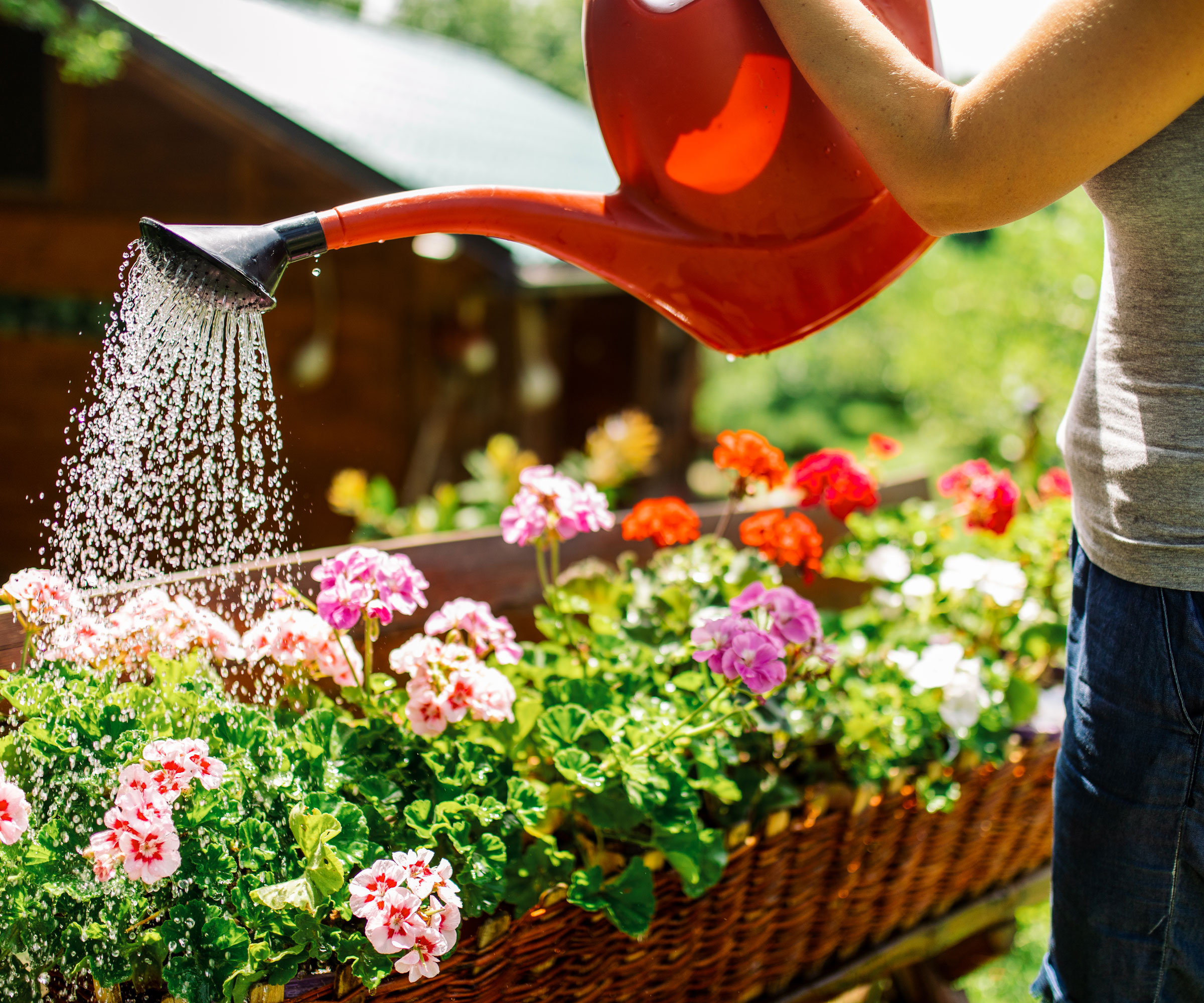
As with the hours after noon, the late afternoon is not recommended as a great time to water plants as a general rule, particularly during summer months. The rate of evaporation is at its fastest rate for those few hours between noon and late afternoon – so clearly any possible benefits of watering will become less effective (and can be rendered null and void) almost immediately.
Another reason for not watering at this time of day is because any drops of water that might inadvertently have been splashed on leaves will trap the sun’s rays – and in hot periods, these rays can be magnified and cause leaf burn and sun damage. If you are keen to keep that foliage dry, be sure to water at the roots of the plant. Use a drip irrigation system or soaker hose, or hand-water at the base of the plant.
4. After Plants Have Wilted
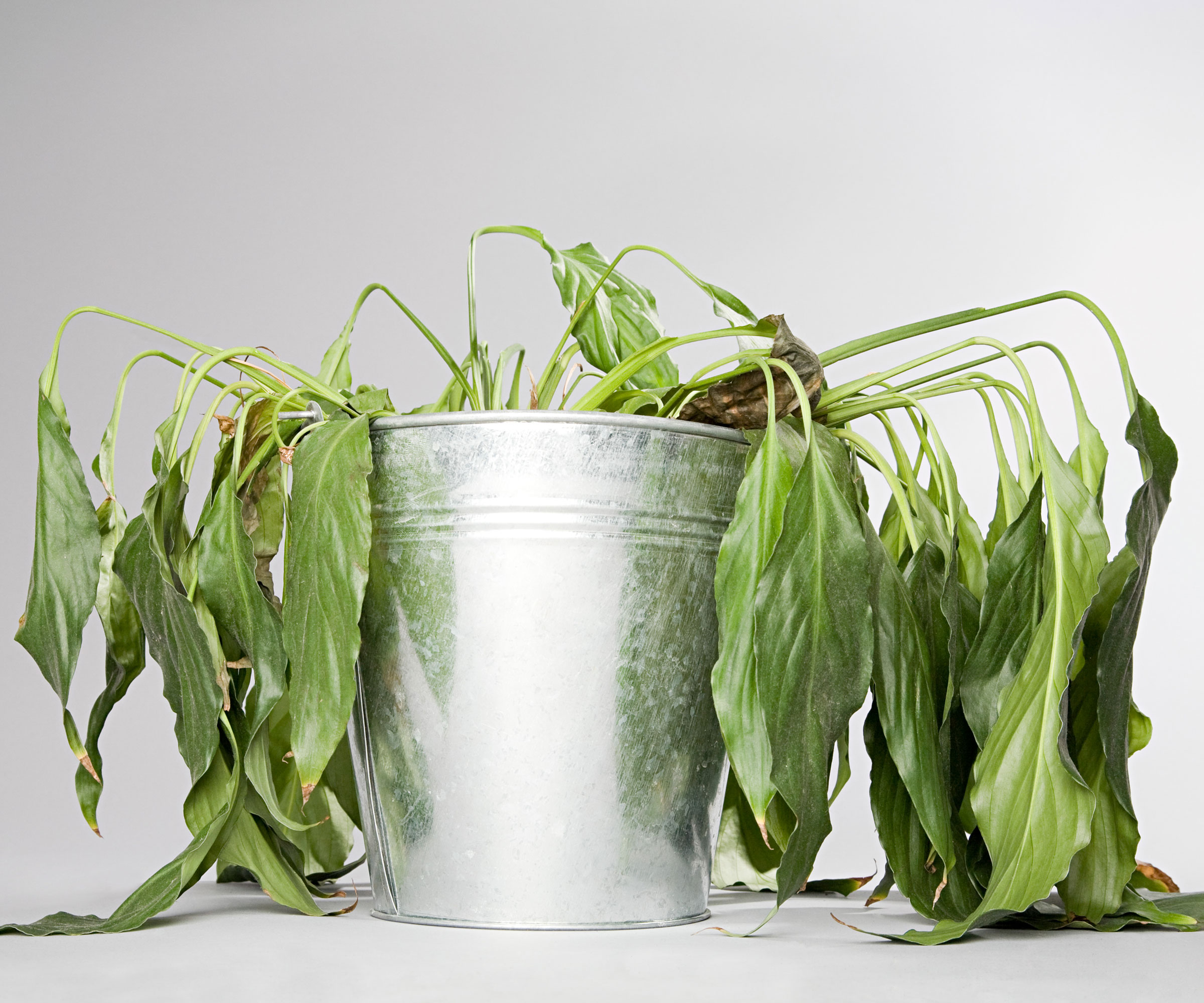
Wilting can sometimes be an indicator of plant under-watering, this is true. Unfortunately, it can also be a sign of disease or pests – and it can even be a sign of over-watering in some cases! So unless you have checked moisture levels, and eliminated other possible causes for wilting, you need to proceed with caution. While wilting is a valuable visual, it isn’t always reliable as a barometer for irrigation.
Also, if you wait until your plants have wilted, your plants will be stressed. Stressed plants are more susceptible to disease, pests and environmental injury. Where at all possible, prevention is better than cure, so keep a close eye on plant appearance every day so you can intervene before things get too serious.
One good way to distinguish the leaves of under-watered plants as opposed to over-watered plants is to check the texture of foliage. While in both cases, leaves can change color (to yellow or brown), over-watered leaves will tend to be softer, while under-watered foliage tends to be crispy.
5. After Heavy Rain
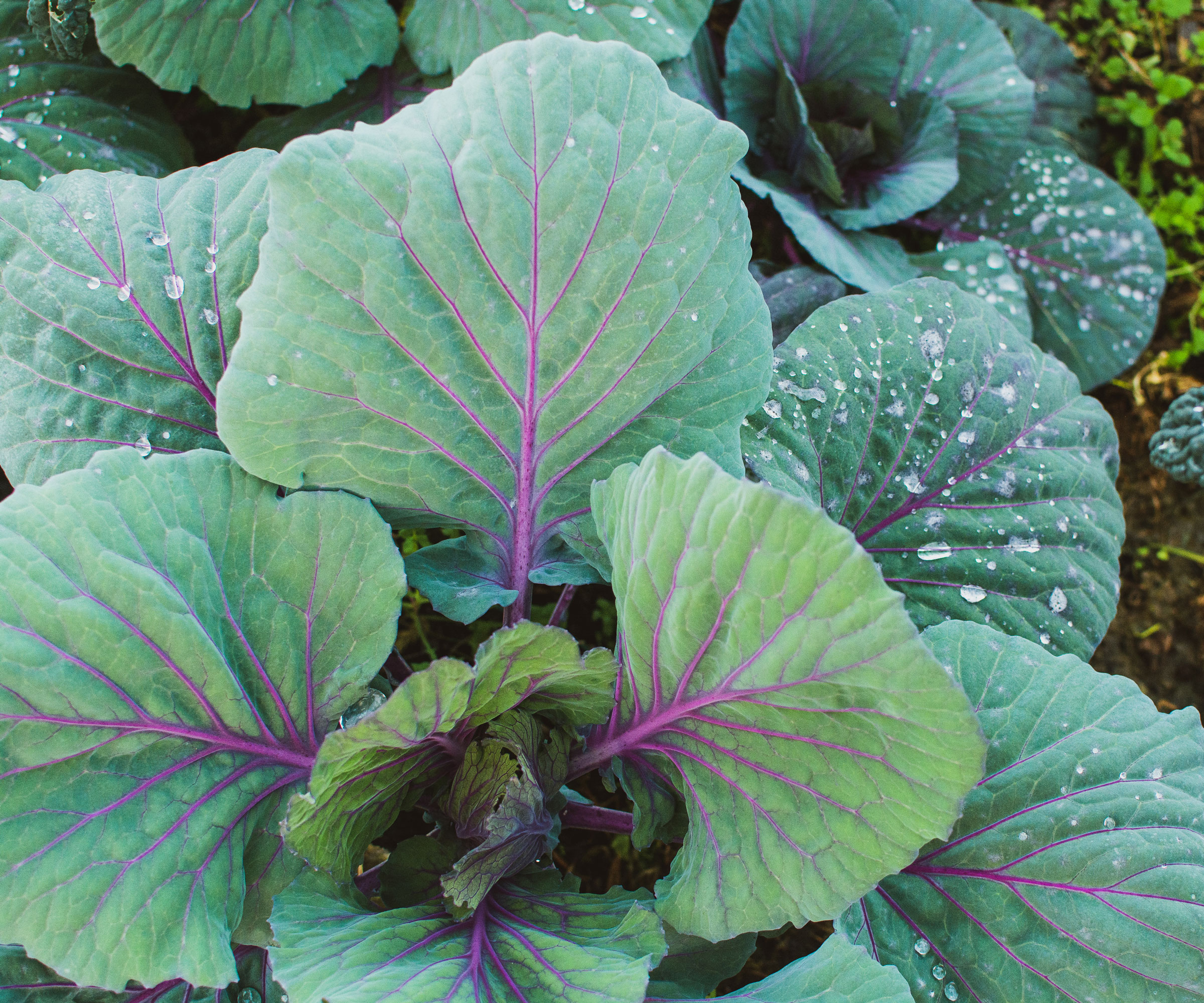
When is the worst time to water plants? Probably after heavy rain. Now, you’d think this would be obvious, but sometimes (out of force of habit) people reach for the watering can or the hose merely hours after the garden’s already had a soak. It’s the worst thing you can do, as over-watering can encourage fungal infections, weakened roots, root rot and even root suffocation.
Another big no-no is watering the garden or your plants too soon after you’ve already done it yourself. Admittedly, you will need to crank things up a level over the summer months – but trust your gut. If you’re really not sure when plants are ready for a drink, don’t be afraid to test the moisture levels in the ground around plants with a finger. It should be dry to at least two knuckles deep before watering again.
You will need to adapt your watering needs for younger plants, plants that are flowering or fruiting, or plants in containers. Invest in a moisture-monitoring tool to test moisture levels if you need a little extra reassurance about timings.
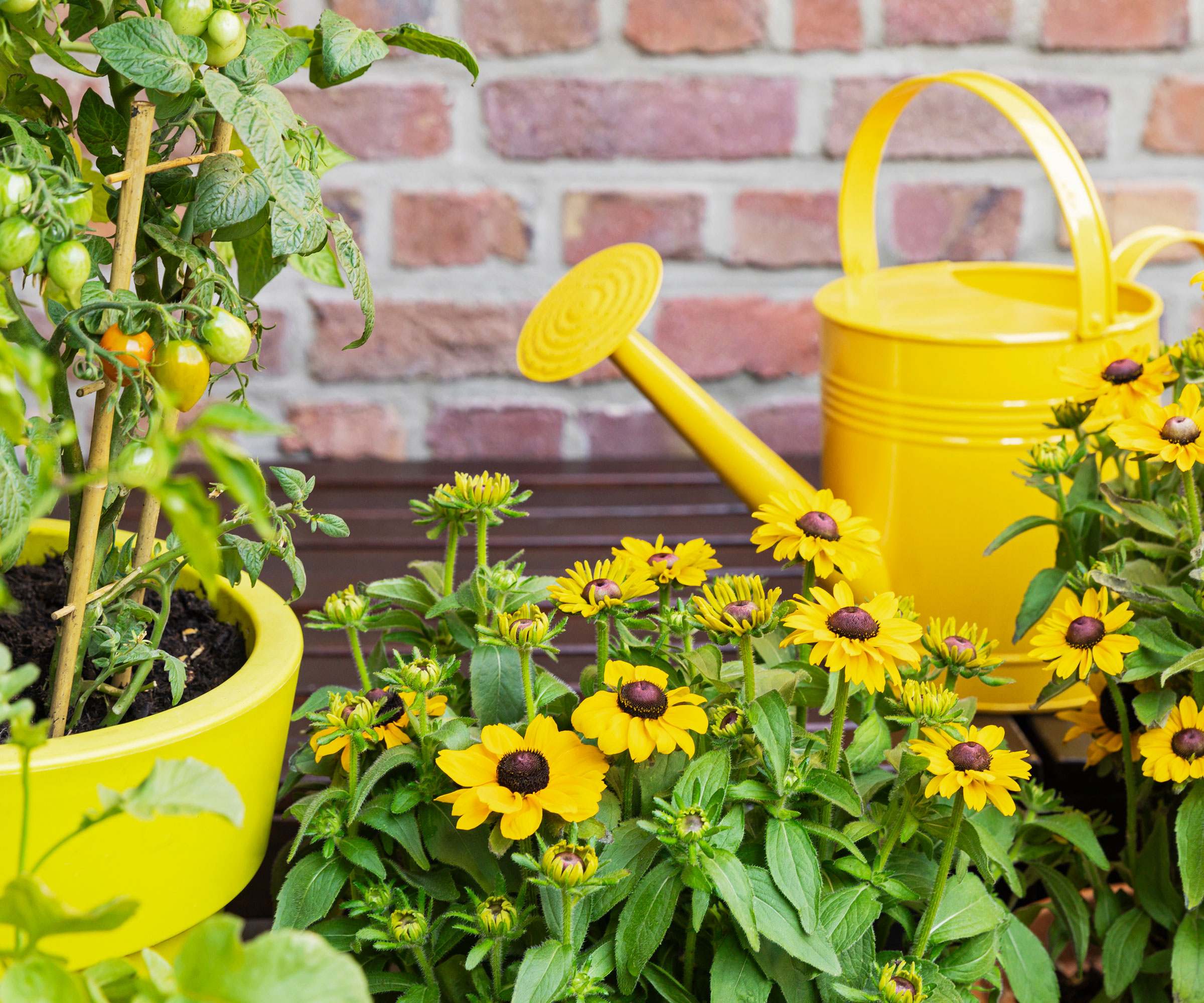
Frequently Asked Questions
When is the best time to water plants?
The best time to water your plants is early in the morning before temperatures have risen and the sun is still low enough on the horizon. Temperatures are still cool and the sun is just barely up, so root systems can absorb irrigation before the heat of the day dissipates it. Give your plants a good, deep draught of water at this time.
What is the best time to water plants in hot weather?
Early morning is the best time to water during hot weather. Avoid watering during the heat of the day. Any efforts to give your garden and your plants a drink will be counter-intuitive, as the water will only evaporate.
What time of day do plants absorb the most water?
Plants absorb the most water in the mornings or evenings, when temperatures are cooler, so water doesn’t evaporate before the root system can uptake it. It stands to reason that mid-day and late afternoon are amongst the worst times for this reason.
Is it safe to water plants at night?
Yes, you can water at night, but it is risky. While you won’t have to worry about high evaporation rates, there is a chance you might make your plants more prone to infections, particularly bacterial and fungal diseases. The best time to water is early in the morning.
More Great Watering Ideas and Inspirations
- Want to know how drip irrigation can help very young plants get the best start? Vego Garden’s drip-irrigation seedling tray lids enable constant watering at sensible rates, giving total peace of mind when growing plants from scratch.
- Worried about how to care for the watering needs of new plants in the weeks after you acquire them? Our guide to watering new plants helps you move forwards with confidence.
- Looking for the best watering strategy to kickstart growing for trees and shrubs? Find out how deep watering can benefit bigger plants – and save on water waste!
- Keen to cultivate plants in a way that is kinder to the planet? Our water wise tips help you explore water conservation at a local level while you nurture your garden.
This article features products available from third party vendors on the Gardening Know How Shop.

Amy Grant has been gardening for 30 years and writing for 15. A professional chef and caterer, Amy's area of expertise is culinary gardening.
- Janey GouldingContent Editor
